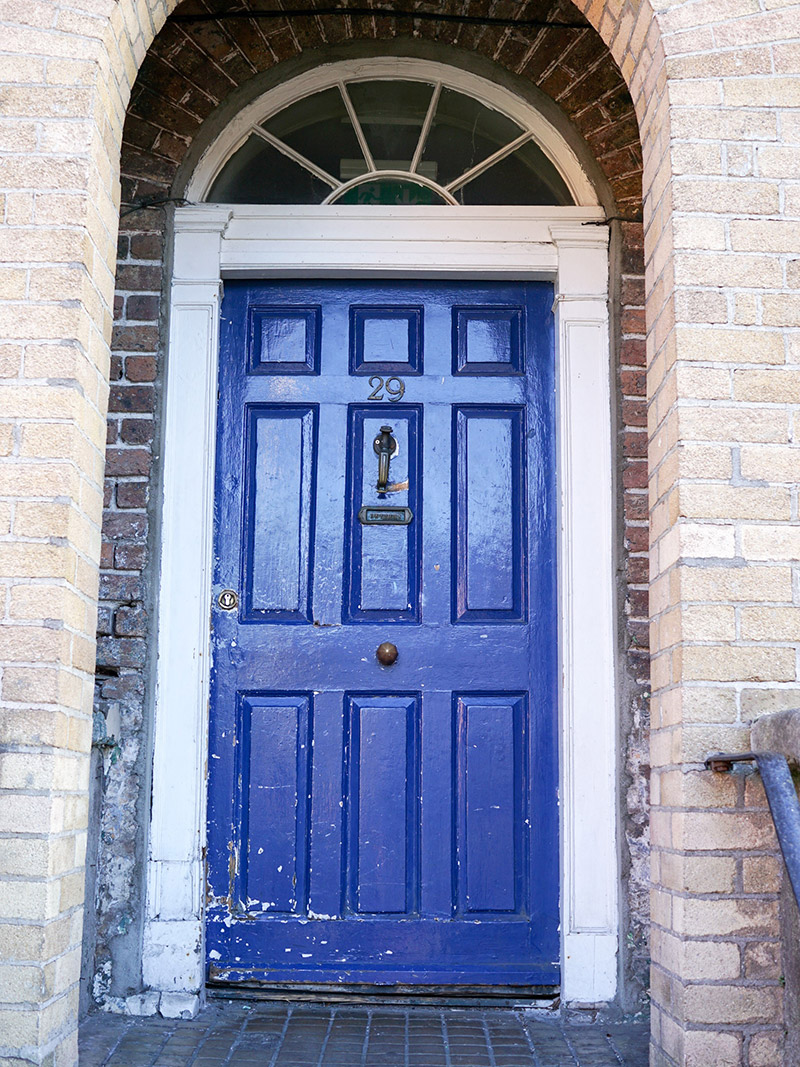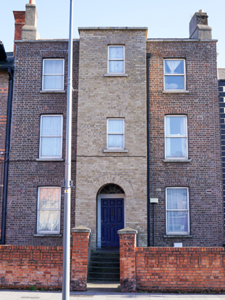Survey Data
Reg No
50120211
Rating
Regional
Categories of Special Interest
Architectural, Historical, Social
Previous Name
Widows Houses
Original Use
Almshouse
In Use As
Apartment/flat (converted)
Date
1810 - 1920
Coordinates
316005, 236105
Date Recorded
17/11/2017
Date Updated
--/--/--
Description
Attached three-bay three-storey former almshouse over basement, built c. 1815, with full-height single-bay entrance breakfront to front (west) elevation, added c. 1910. Now in use as flats. Pitched M-profile slate roof, partly hidden behind red brick parapet with cut granite coping, rendered and red brick chimneystacks to gables with some clay pots, and having replacement uPVC rainwater goods. Red brick walling to front, laid in Flemish bond, with cut granite plinth course over rendered basement walling, with yellow brick walling to breakfront. Square-headed window openings with rendered reveals, granite sills and replacement uPVC frames to front, same apparent to rear. Round-headed doorway to recessed porch to breakfront, with timber doorcase comprising panelled pilasters and cornice, timber panelled door and spoked fanlight. Concrete platform approached by six granite steps with mild-steel railings. Red brick walling, laid in English garden wall bond, to front boundary, having decorative vertical brick detailing, terminating in red brick piers with pointed granite capping. One of two former almshouses, with former school to north.
Appraisal
Despite later alterations, this building retains the form and massing of its Georgian townhouse origins, enlivened by a simple but well-executed doorcase, which adds aesthetic appeal. It was part of a group of almshouses for widows in the early years of the nineteenth century, named 'Widows Retreat' on the 1837 and 1907 Ordnance Survey maps. It was established by the Latouche family, who also provided 2s 6d per week for widows to live on, and meals in a common area. The building is a significant component of the streetscape of Drumcondra Road Lower, part of the historic Great Drogheda Road, one of the principal ancient routeways leading north from the city.



